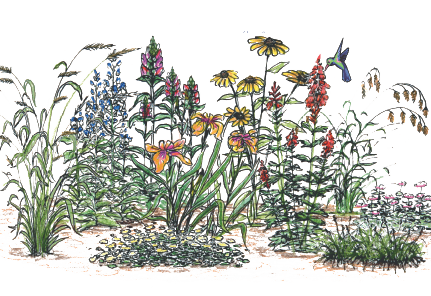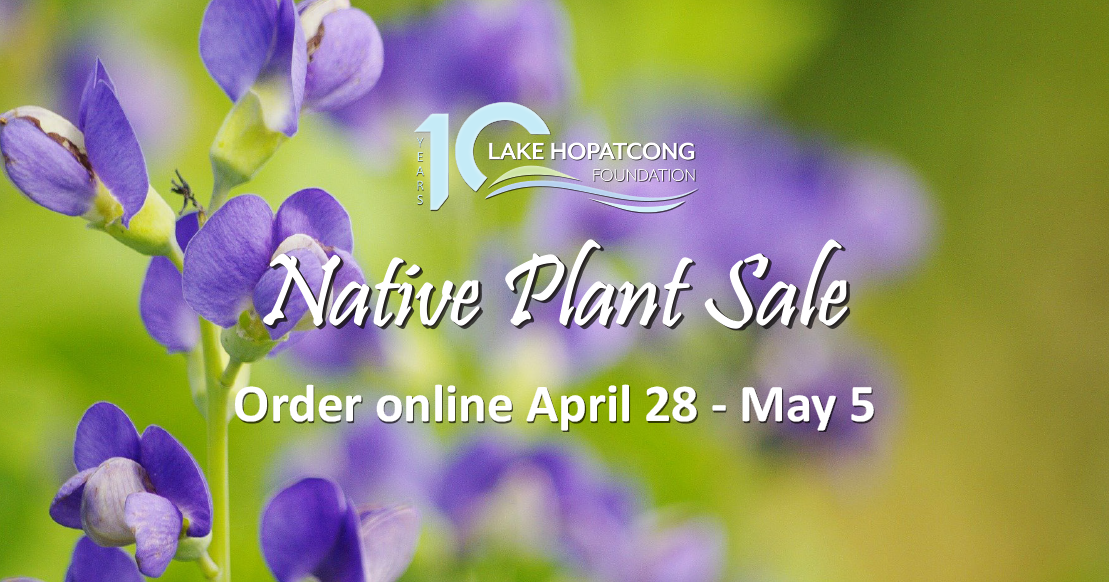
April 29, 2022| Environment
By: Holly Odgers
Vegetative buffers are a great way to help protect Lake Hopatcong right in your own “back yard.” A vegetative buffer is a section of natural vegetation along the shoreline, intended to slow runoff and help catch nutrients, sediments, and other pollutants before they can reach the lake.
Planted vegetative buffers, or simply allowing your landscape along the shoreline to return to its natural state, are vital for lakefront properties as they help prevent sediments, pesticides, and large amounts of phosphorus and nitrogen from entering the lake. In addition, they also protect biodiversity by providing habitat for local wildlife and pollinators, and make your yard less inviting for Canada geese!
Benefits of vegetative buffers include:
- Stabilized soil and reduced erosion
- Filtration of pollutants and sediments
- Habitat for pollinators, birds, and local wildlife
- Absorption of nutrients
- Privacy from lake users
- Save time and money in maintenance
- Dense plantings of trees and shrubs can dampen the noise from boat engines
- Addition of aesthetic value.
- Deterrence of nuisance species – Canada geese avoid tall plants and grasses!
Ideally, the vegetation should cover as much of your lake frontage as possible and should grow at least knee-high. A variety of native aquatic grasses, sedges, rushes, and other beneficial flowering species work very well, and with just minor care it will come back year after year!
Below is a list of plants available at our sale that are good for vegetative buffers (if you have deer, stick to the ones that are labeled “deer resistant”).
- Jerusalem Artichoke
- Blue Baptista
- Wild Bergamot
- Purple Coneflower
- Culver's Root
- Foxglove
- Ironweed
- Joe Pye Weed
- Milkweed
- Meadow Phlox
- Black Eyed Susan
- Orange Coneflower
- Ox Eye Daisy
More information on recommended plants for vegetative buffers can be found in this post by Solitude Lake Management: https://www.solitudelakemanagement.com/plants-to-use-and-avoid-when-establishing-a-vegetative-buffer
Native plants are low maintenance, drought-tolerant, and environmentally friendly. Native plants require less maintenance than lawns and mulched trees, shrubs, and perennial plantings. They require minimal watering (except during establishment and drought periods) and they need no pesticides or fertilizers, a common source the pollution for Lake Hopatcong. For all of these reasons, native plants are an economical choice for landscaping. In addition, native plants are deep-rooted to help infiltrate water and provide important habitat to native songbirds, insects, and other fauna.
More information about Jersey-friendly yards and landscaping for a healthy environment can be found at: www.jerseyyards.org

April 28, 2022
Community, Environment

April 12, 2022
Environment